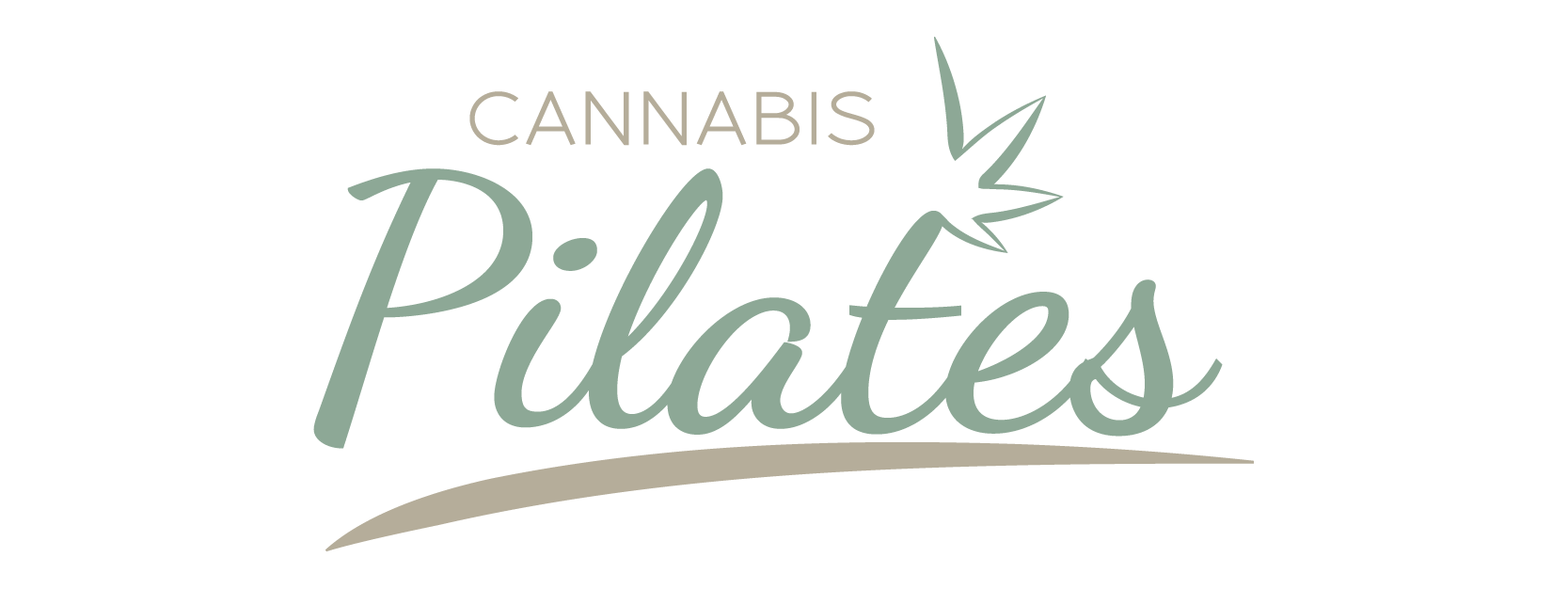Pilates is all about mindful movement—control, alignment, and flow. But even the most graceful practitioners can experience soreness, tightness, or mental fatigue. That’s where CBD—cannabidiol—has entered the wellness conversation. For many, it’s a natural complement to recovery, focus, and calm. Here’s how and when to use it effectively.
Why Pilates Enthusiasts Turn to CBD
CBD is a non-intoxicating compound found in hemp that interacts with the body’s endocannabinoid system, helping regulate balance, inflammation, and stress. According to the World Health Organization, CBD shows “no evidence of abuse or dependence potential.” While human studies are still developing, early research suggests it may help reduce inflammation, ease pain, and promote calm—key benefits for Pilates practitioners seeking recovery and focus.
Topical CBD, such as balms and creams, is designed for localized relief. A 2020 Journal of Pain Research study reported that CBD topicals helped reduce neuropathic pain in trial participants. For internal balance or relaxation, sublingual CBD oils (tinctures) work systemically, influencing mood and stress response, though evidence remains mixed.
When to Use CBD
Before Class
If nerves or tension disrupt your focus, a small dose of CBD oil 30–60 minutes before class may help calm the mind without impairing clarity. Start low—around 10–20 mg—and see how it affects concentration during balance or reformer work.
After Pilates
Following a mat or reformer session, muscles like the hip flexors, shoulders, and back can tighten. Applying a CBD balm directly to those areas can help ease soreness. Massage for 30–60 seconds to promote circulation and absorption.
Evening Recovery
After demanding sessions or teaching multiple classes, CBD oils can help support sleep and relaxation. Studies suggest CBD may improve sleep onset and quality by reducing pre-sleep anxiety. Use 1–2 hours before bed, and track how your body responds.
Choosing a Quality Product
CBD is only as good as its sourcing. Look for brands that provide:
- Certificates of Analysis (COAs) verifying potency, purity, and THC levels (≤ 0.3%).
- Clean ingredients—avoid artificial additives or fragrances.
- THC-free options if you’re subject to testing (CBD is WADA-permitted, but THC remains prohibited).
- Transparency—reputable companies like Charlotte’s Web, Medterra, and CBDistillery publish third-party lab results online.
Check for additional natural ingredients such as menthol, arnica, or eucalyptus, which can enhance soothing effects without synthetic chemicals.
Dosing and Use Tips
- Start low, go slow. Begin with 10–20 mg CBD oil and increase gradually if needed.
- For balms: Apply a pea-sized amount to target areas and reapply after a few hours if soreness persists.
- Patch test before full use to check for sensitivity.
- Store properly: Keep oils in a cool, dark place and balms sealed to preserve potency.
Important Considerations
While CBD is generally well tolerated, it can interact with certain medications via the liver enzyme CYP450 pathway. Consult a healthcare professional if you take prescription drugs. Avoid use during pregnancy or breastfeeding. And remember—CBD is not an FDA-approved treatment for pain or recovery; it’s a supportive wellness option.
The Takeaway
For Pilates practitioners, balms target muscle fatigue and oils nurture calm and focus. Together, they can complement mindful movement and post-class recovery. With clean sourcing, responsible use, and body awareness, CBD becomes more than a trend—it’s a tool for balanced, restorative practice both on and off the mat.
